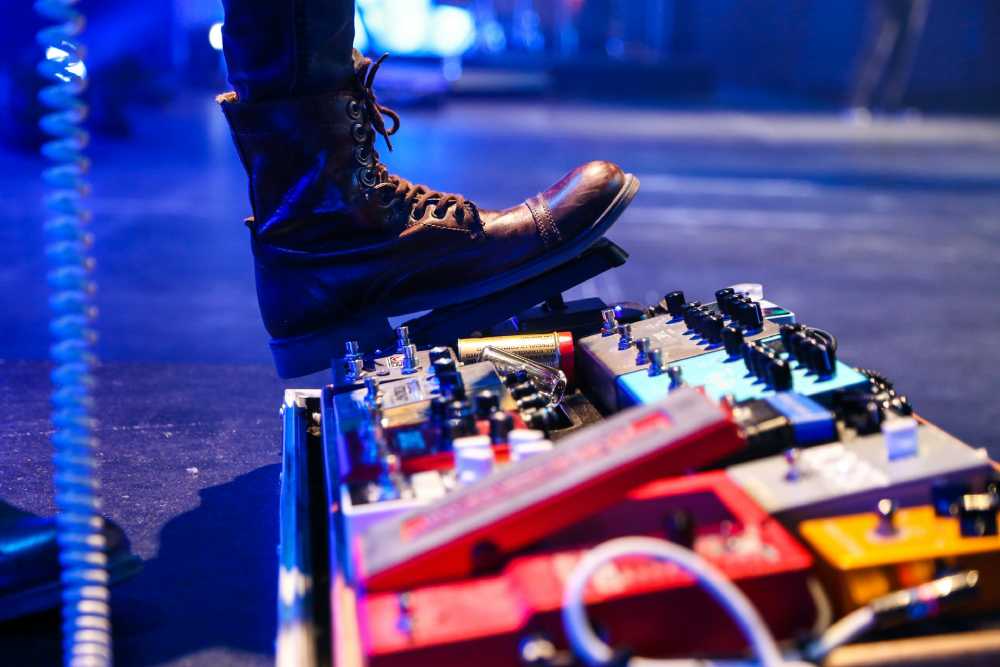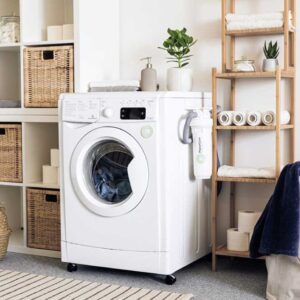In the electric guitar and bass world, the pedal board is essential equipment that allows musicians to tailor their sound precisely. Whether you’re crafting dreamy soundscapes with delays and reverbs or sculpting aggressive tones with overdrives and distortions, the reliability and quality of your pedalboard setup are paramount.
The power supply is an essential component of this arrangement, although frequently disregarded. Keeping your pedals fueled efficiently and consistently can significantly impact your gear’s overall performance and lifetime.
Choosing the best power options for pedal boards involves understanding various factors, from the types of power supplies available to the specific power requirements of your pedals. Following this guide, you may make an informed decision and ensure your pedalboard is always ready to perform excellently without noise or other power-related problems, leading you through the most critical considerations.
Why Power Supply Matters
A pedal board’s sound quality and performance reliability depend on a reliable power source. While battery-operated solutions are practical, separate power sources are more reliable.
High-quality power sources enhance pedal and equipment longevity, reducing power outages during high-energy performances. Stable power supplies reduce hazards, allowing artists to focus on performance rather than troubleshooting malfunctioning equipment.
Types of Power Supplies
- Battery-Powered: This type of battery is suitable for small setups and on-the-go use but less reliable for extended performances. It’s easy to manage and affordable but has a limited lifespan and battery replacement inconvenience. It’s suitable for temporary setups like practice sessions or short gigs.
- Wall-Wart Adapters: It is standard and easy to find but prone to noise interference. Due to their availability and price point, they are usually the go-to option for many beginners. However, wall-wart adapters can introduce unwanted noise into your signal chain and are less reliable for complex setups.
- Daisy Chain Cables: Daisy chaining is a cost-effective method for powering multiple pedals from a single source, but it can introduce hum and noise if not used carefully. To mitigate these issues, use careful arrangement and high-quality cables.
- Isolated Power Supplies: Professional setups often opt for high-end, high-quality pedals that offer clean power and noise elimination despite being more expensive. These pedals effectively eliminate noise and interference issues, making them the preferred choice for musicians.
Things to Take Into Account While Selecting a Power Source
Number of Pedals
The choice of power supply depends on the number of pedals to be powered. A wall-wart adapter or daisy chain is sufficient for a small setup, while larger setups require isolated supplies for proper voltage and current. The complexity of your pedal board setup determines the necessary power management level.
Voltage and Current Requirements
Different pedals have unique power requirements, and using the wrong power source can cause malfunction or damage. Research each pedal to understand its specific voltage and current needs and ensure your power supply matches these for optimal performance.
If using multiple pedals, consider the cumulative power requirements, adding the current draw to select a power supply that meets or exceeds these requirements.
Performance Environment
The power source you choose depends on the type of performances or gigs you do. Musicians who tour frequently need durable power solutions to withstand the demands of the road. Surge protection can safeguard pedals from sudden power spikes, extending the lifespan of equipment and providing peace of mind during performances.
Setting Up Your Power Supply
- Start by organizing your pedals and determining their power needs. Line them up according to your performance needs, ensuring easy access and minimal cable clutter.
- Select a compatible power supply that meets these requirements. Whether you choose an isolated power supply or a daisy chain setup, ensure it matches your pedals’ voltage and current needs.
- Connect your pedals to the power source using quality cables, ensuring minimal signal loss. Investing in high-quality, shielded wires can significantly reduce noise and interference.
- Test your setup thoroughly to avoid any unpleasant surprises during performances. Run through your entire signal chain, checking each pedal for consistent performance and sound quality.
Setting up your power supply might seem straightforward, but attention to detail can significantly affect performance quality. Spend time perfecting the setup to ensure long-term reliability.
Maintaining Your Pedal Board Power Supply
To keep your pedal board power supply in good condition and functioning correctly for a long time, it’s essential to perform regular maintenance. It’s a good idea to have a backup plan in case of power outages, clean the connectors regularly, and check for any signs of wear and tear on the connections.
Keeping your equipment well-maintained can help it last longer and function at its peak. Check power cords for damage or wear and replace them as necessary. By doing routine maintenance checks, you can keep your equipment in top shape and ready to operate efficiently when needed.





